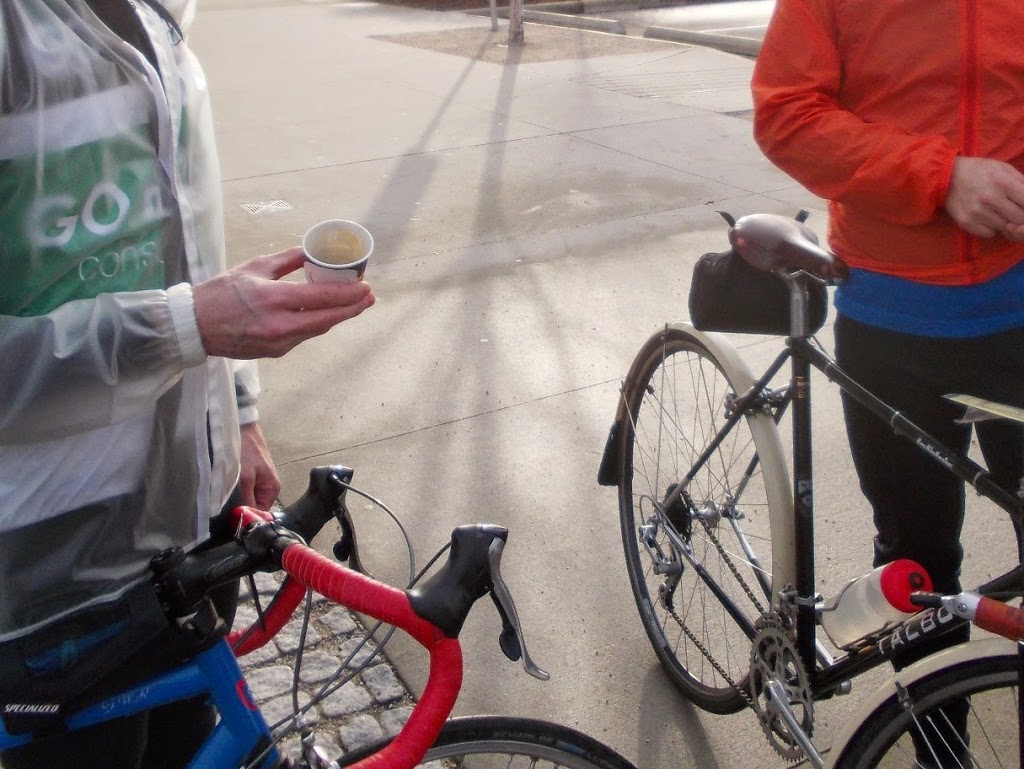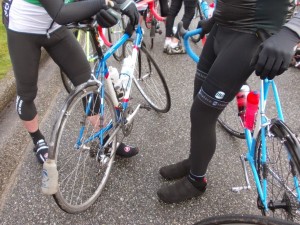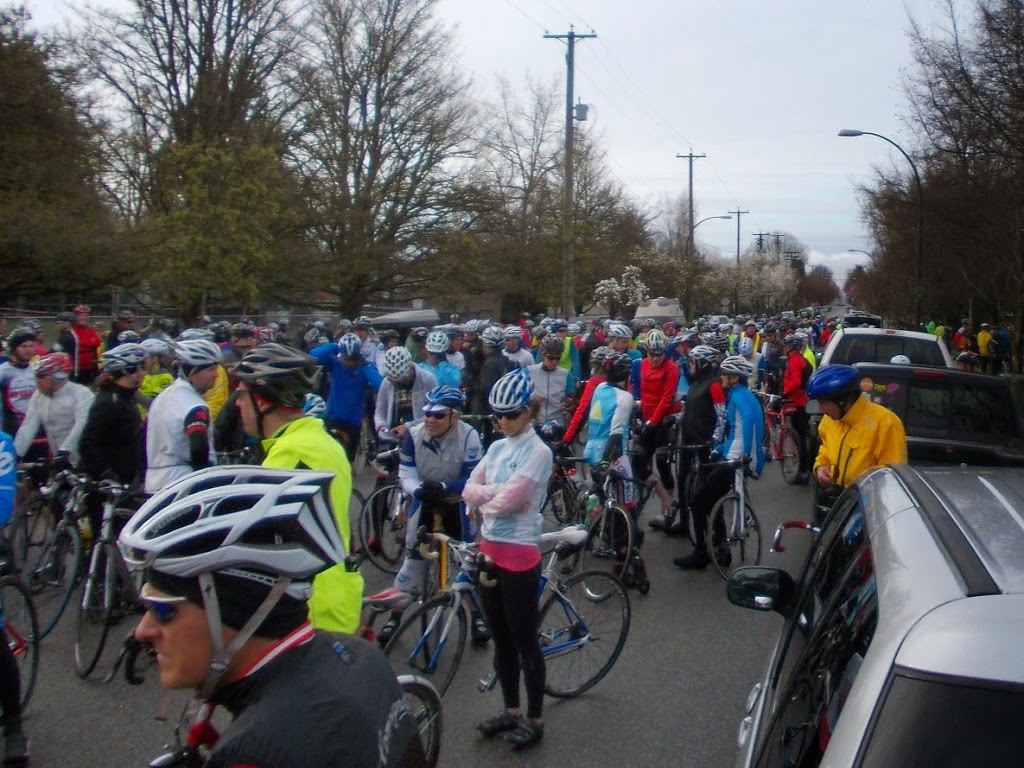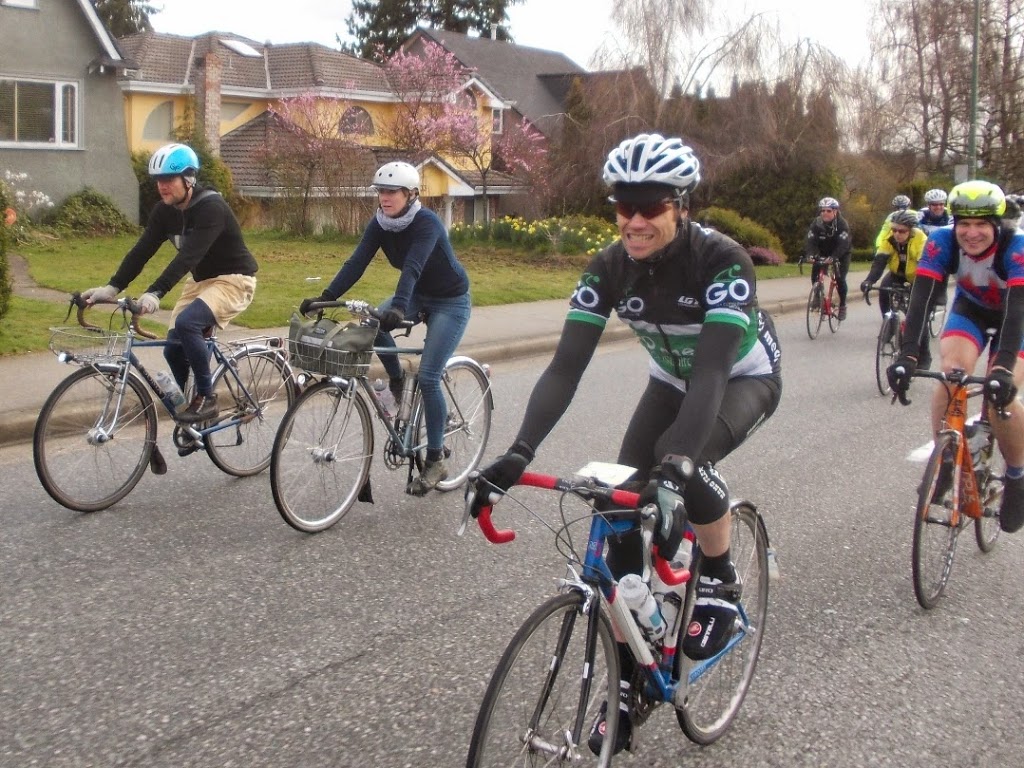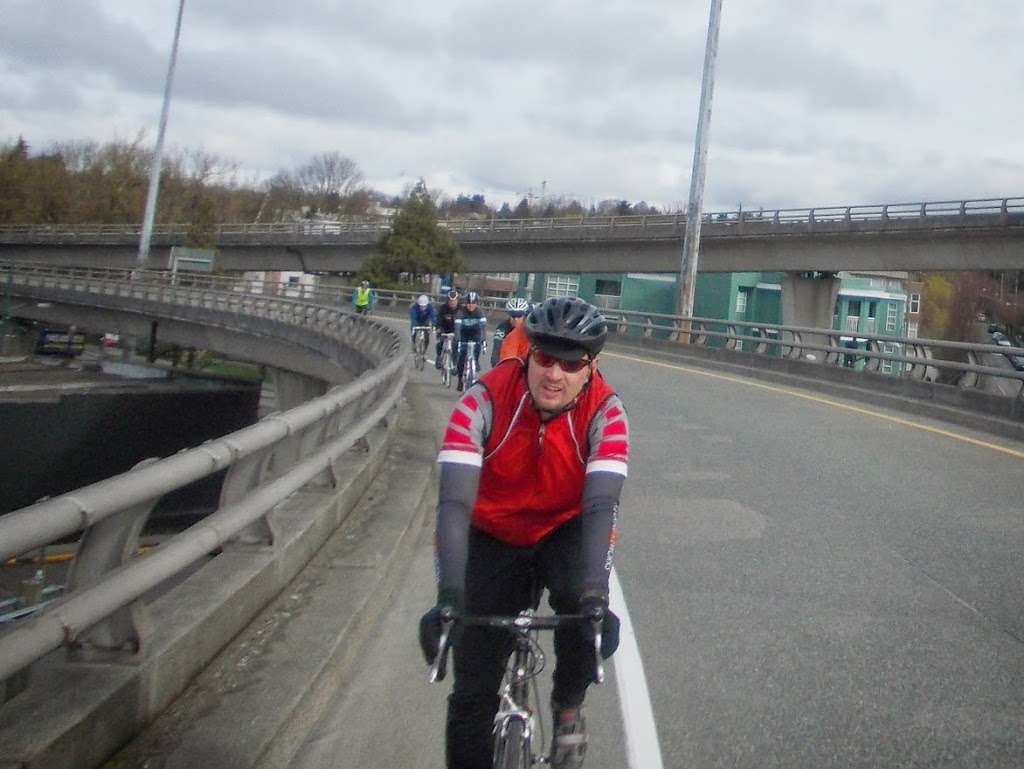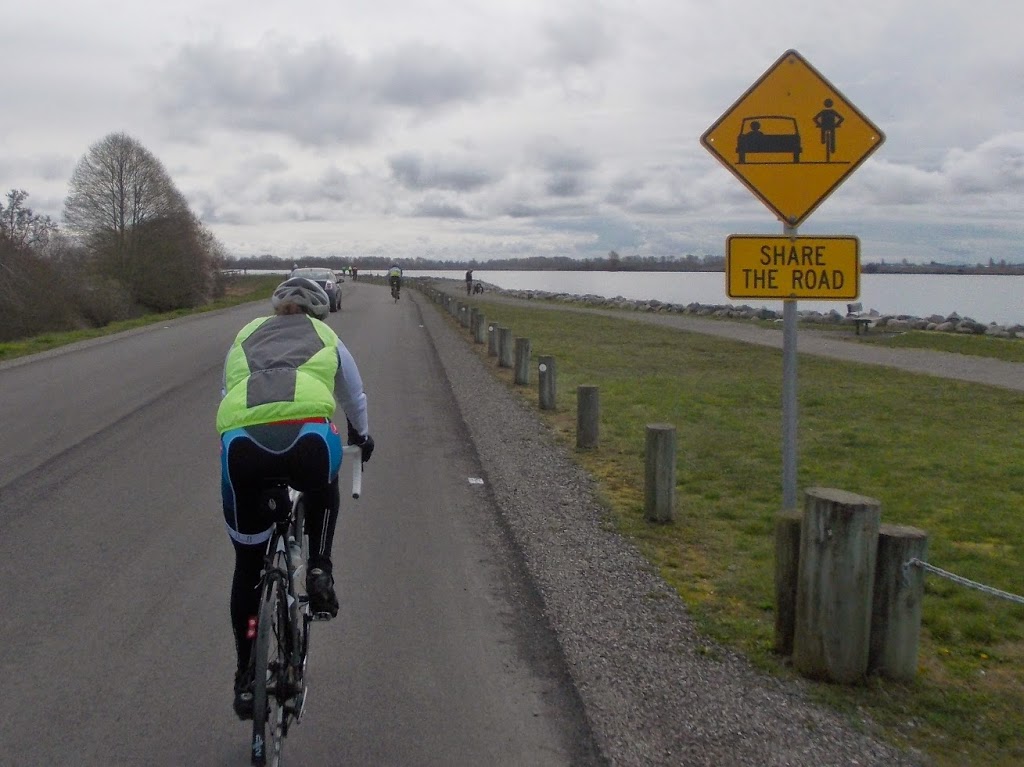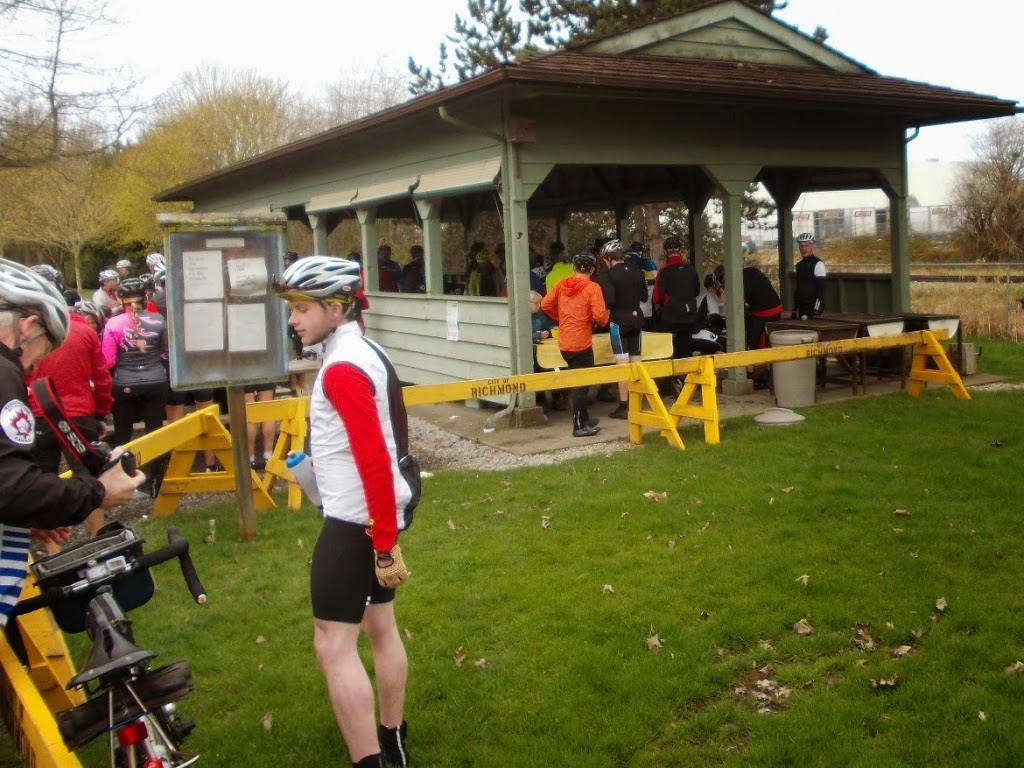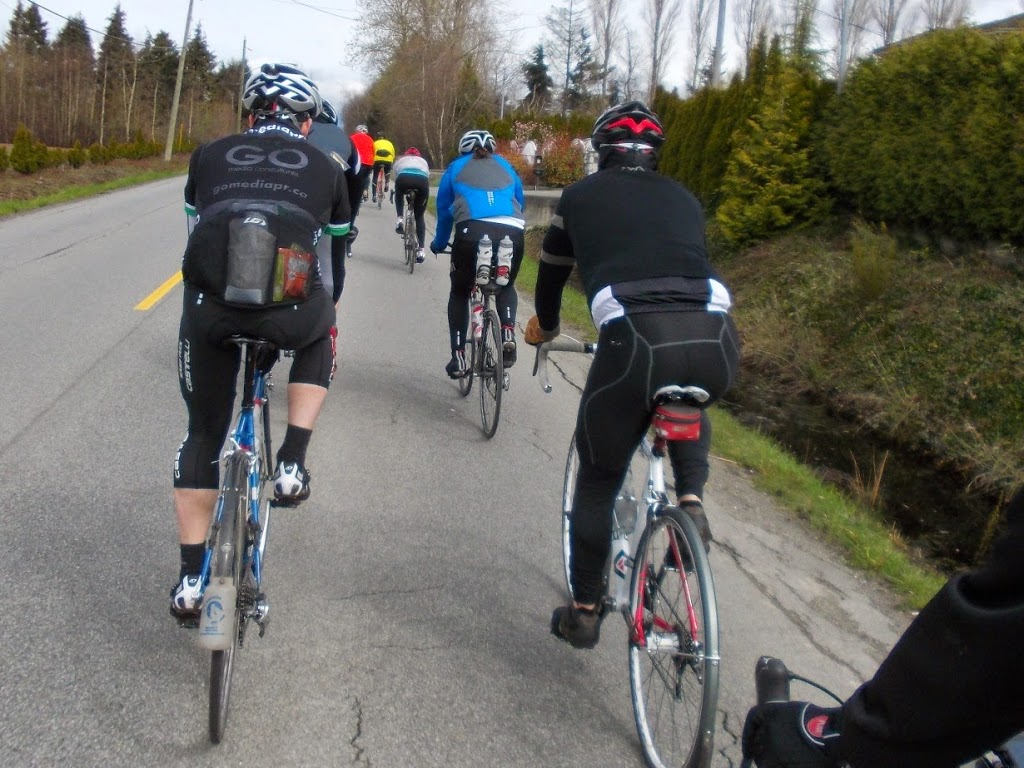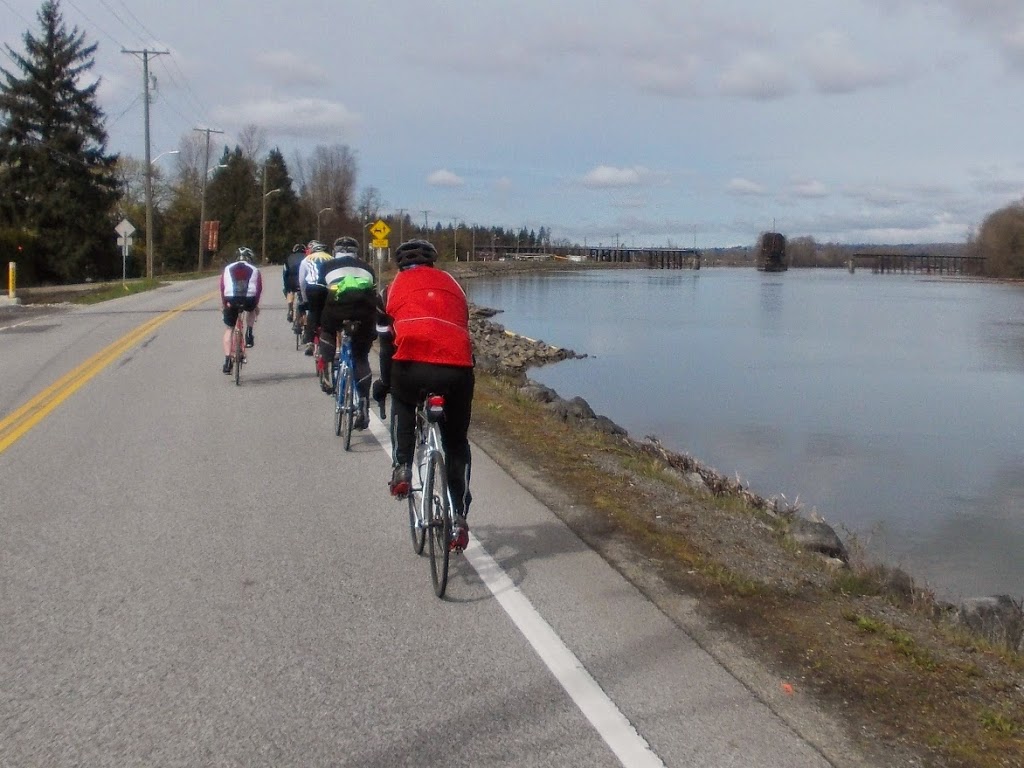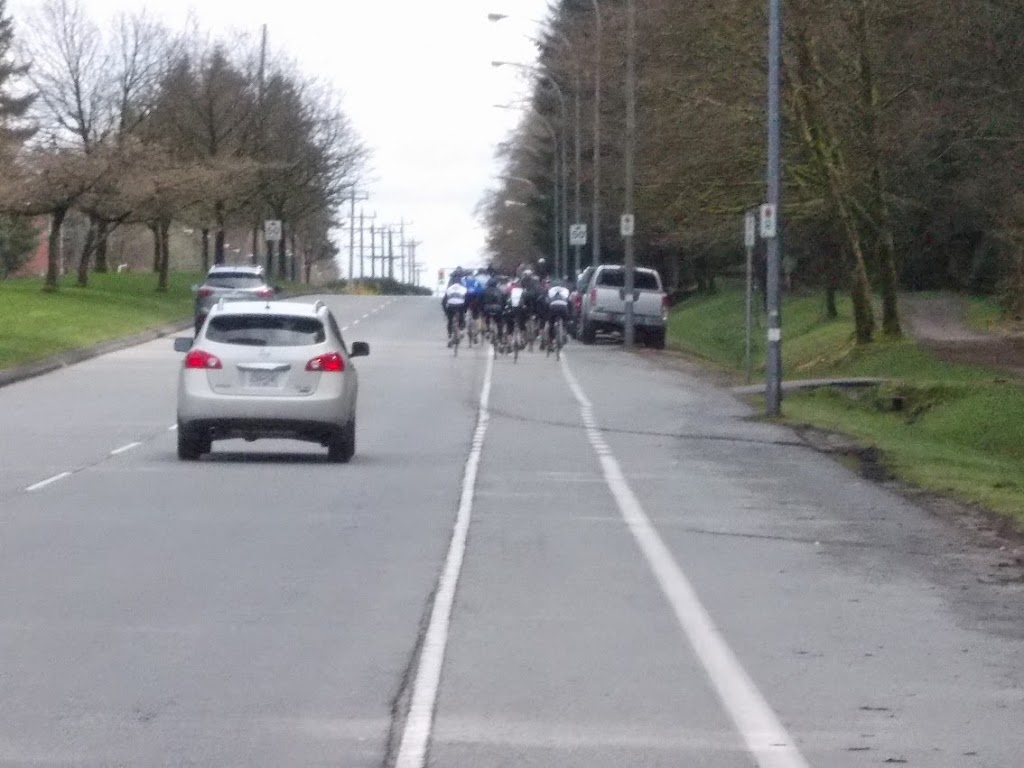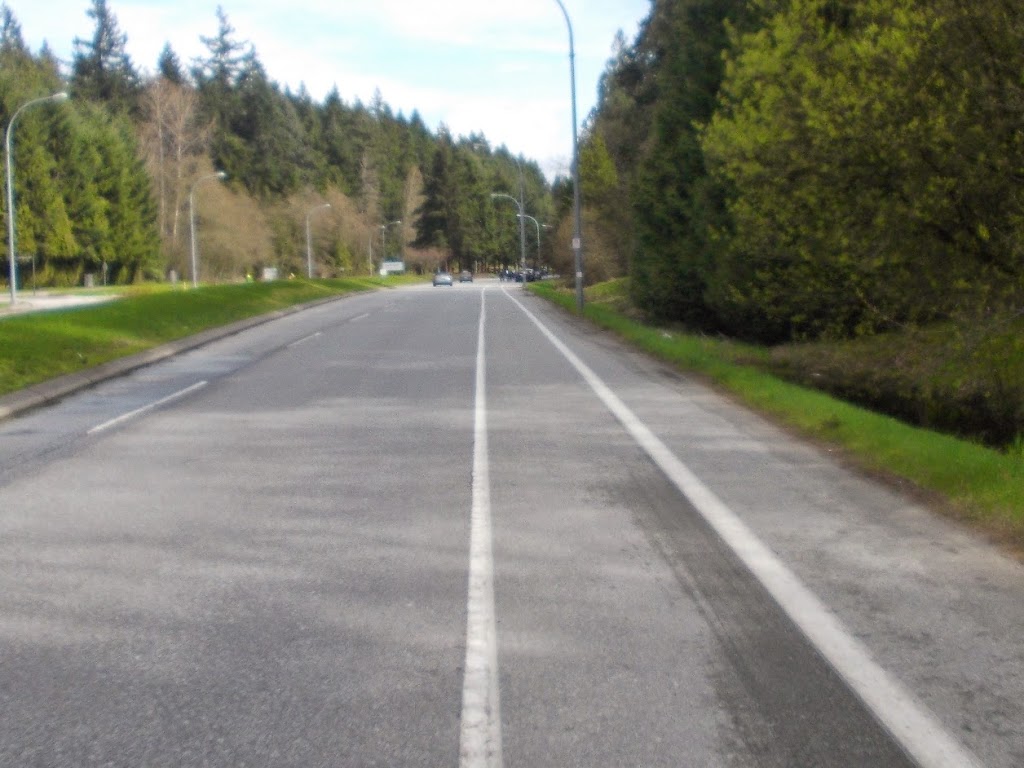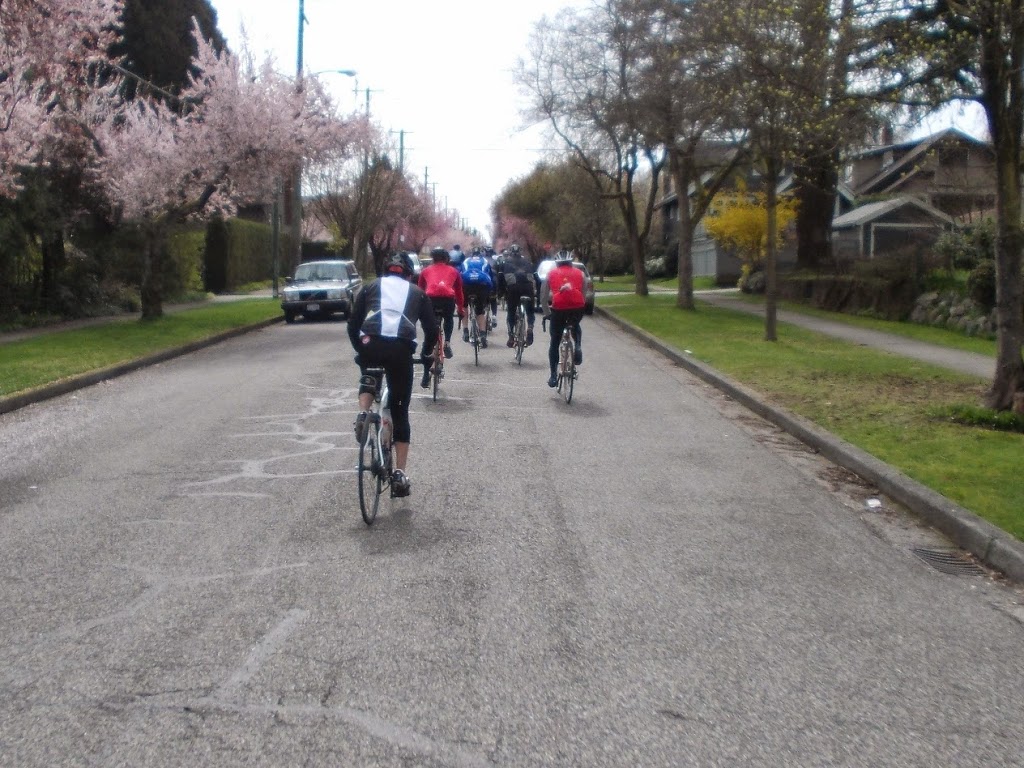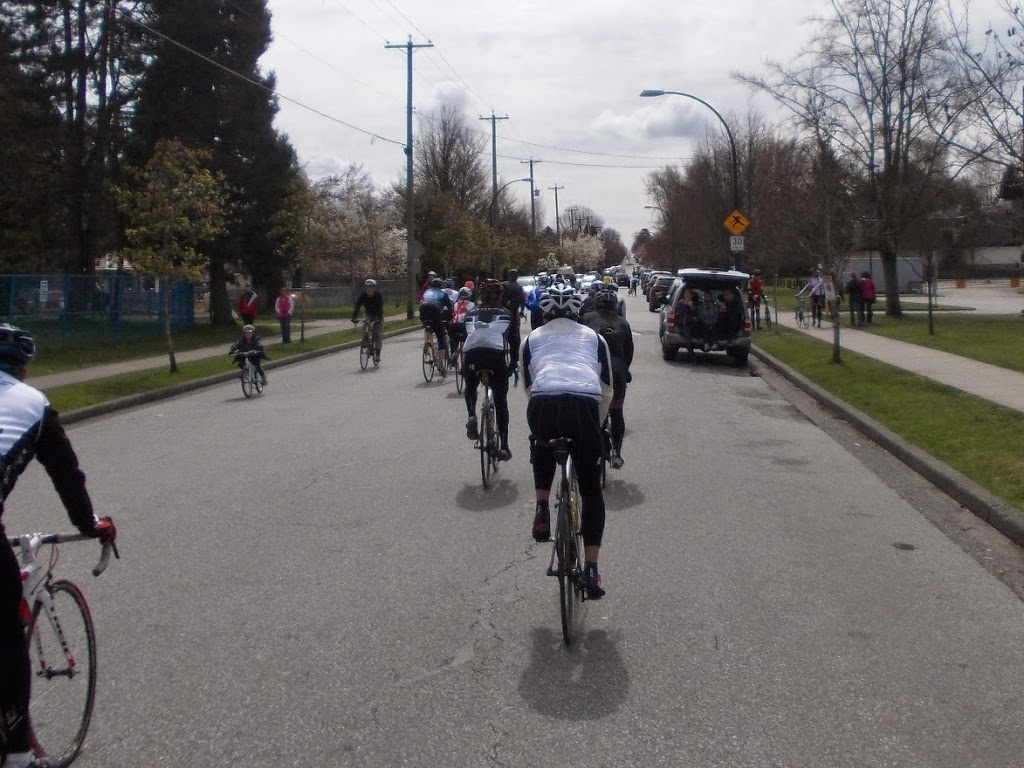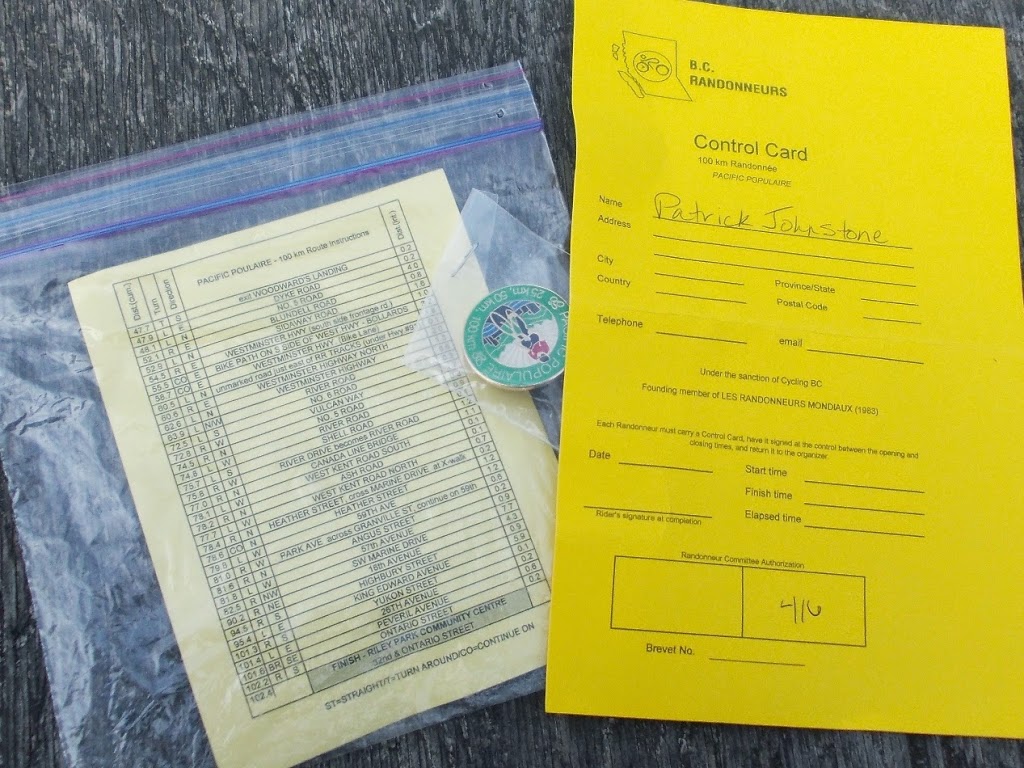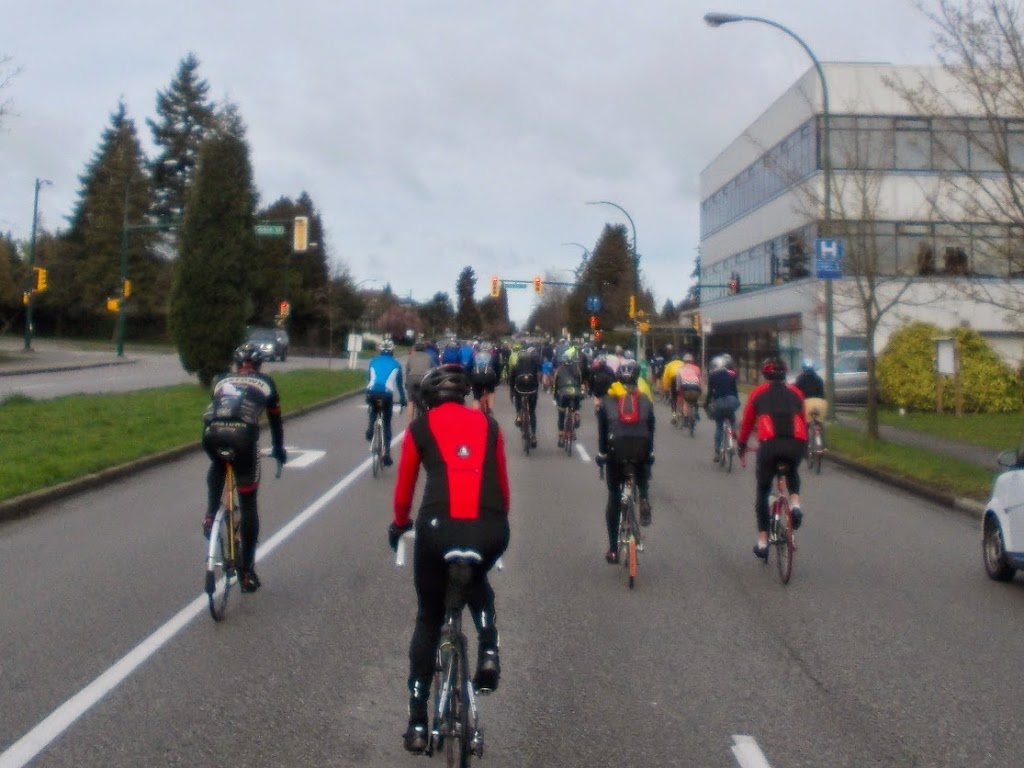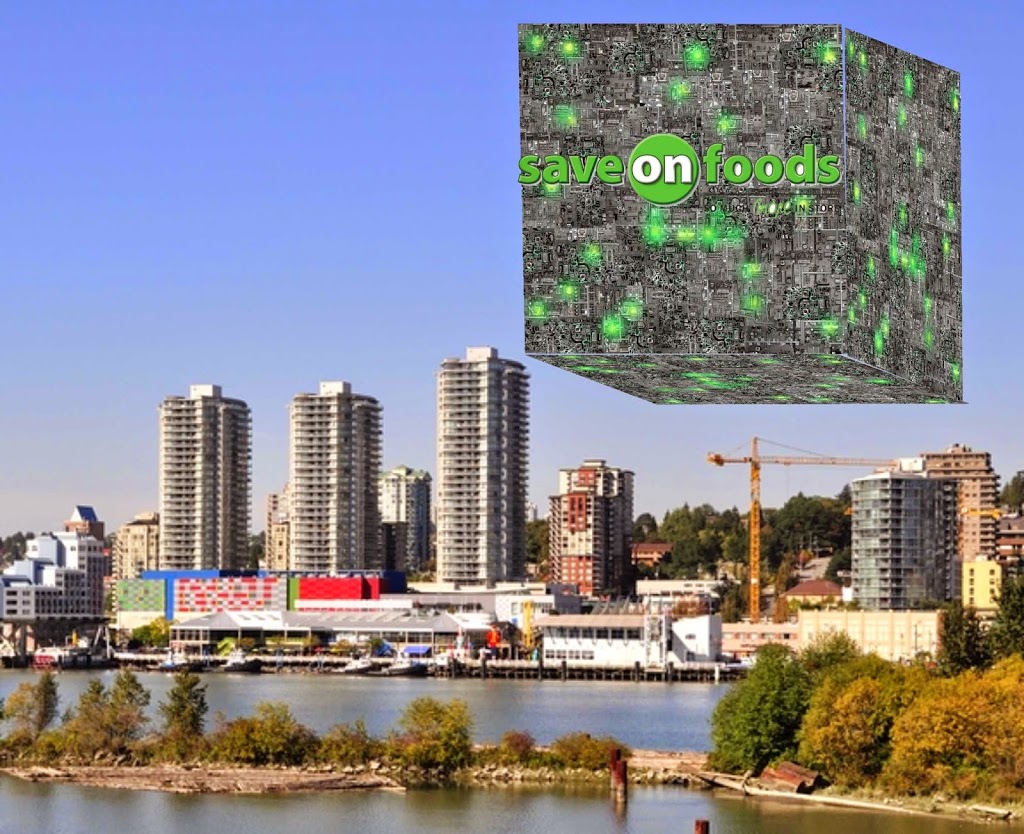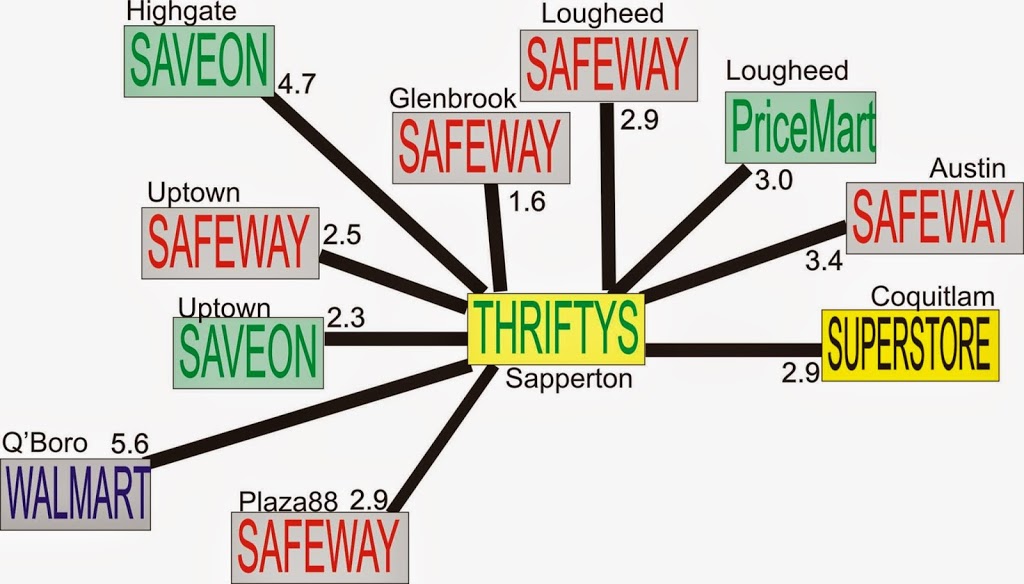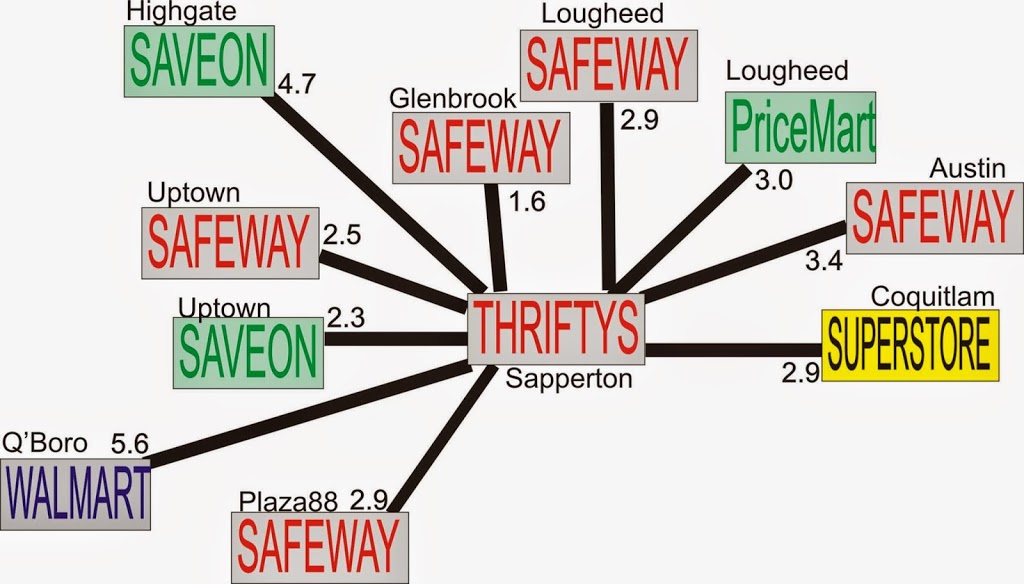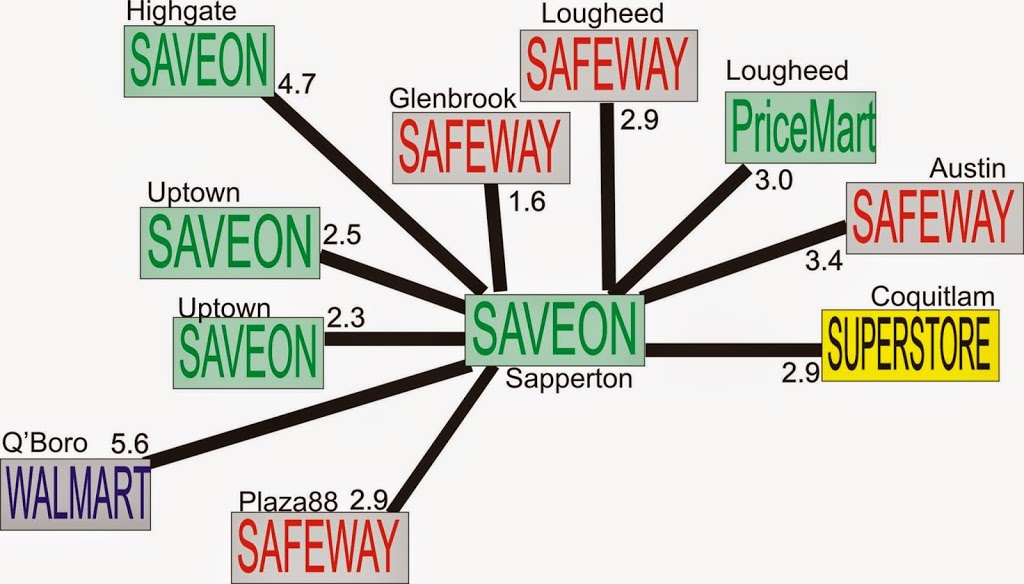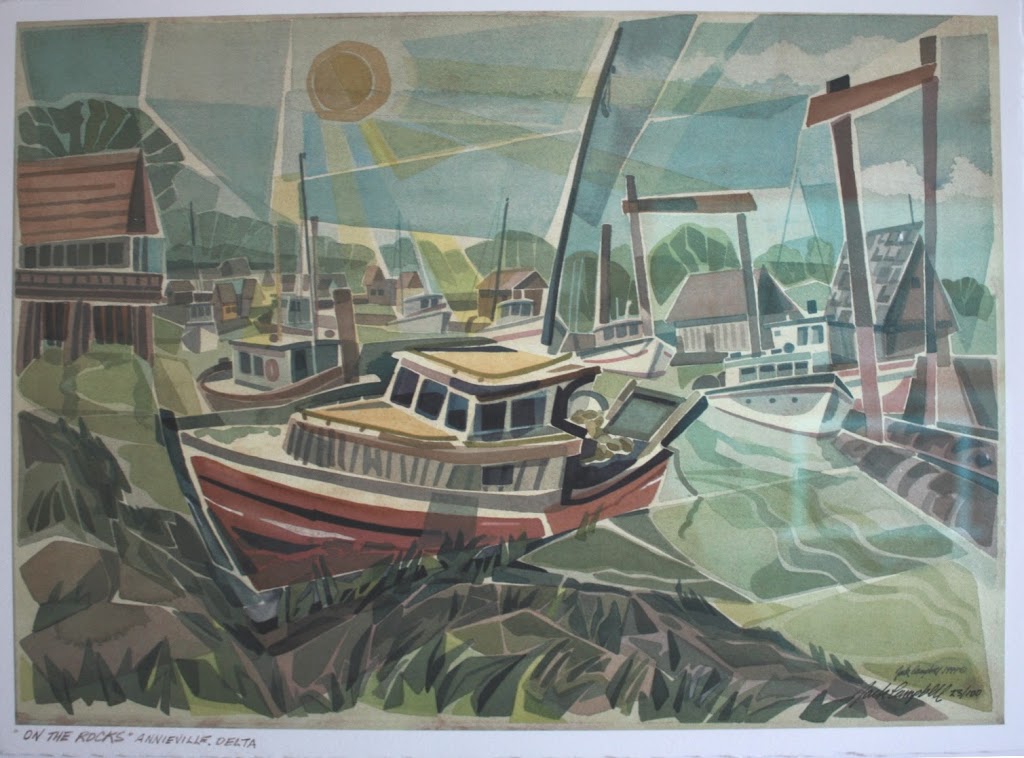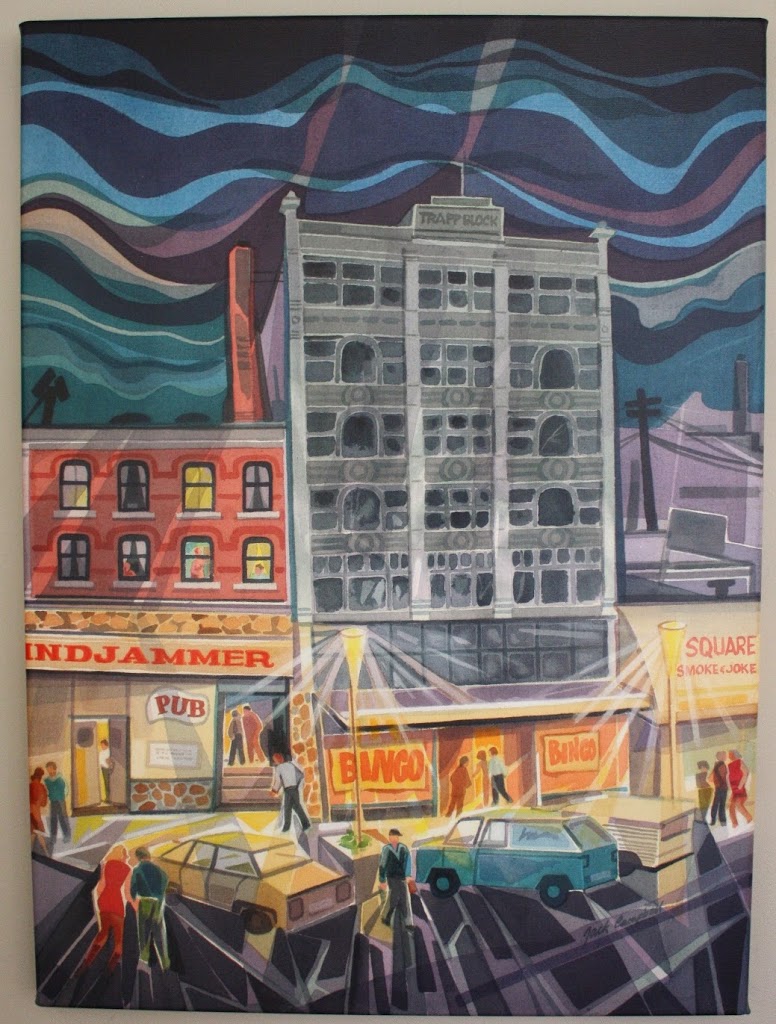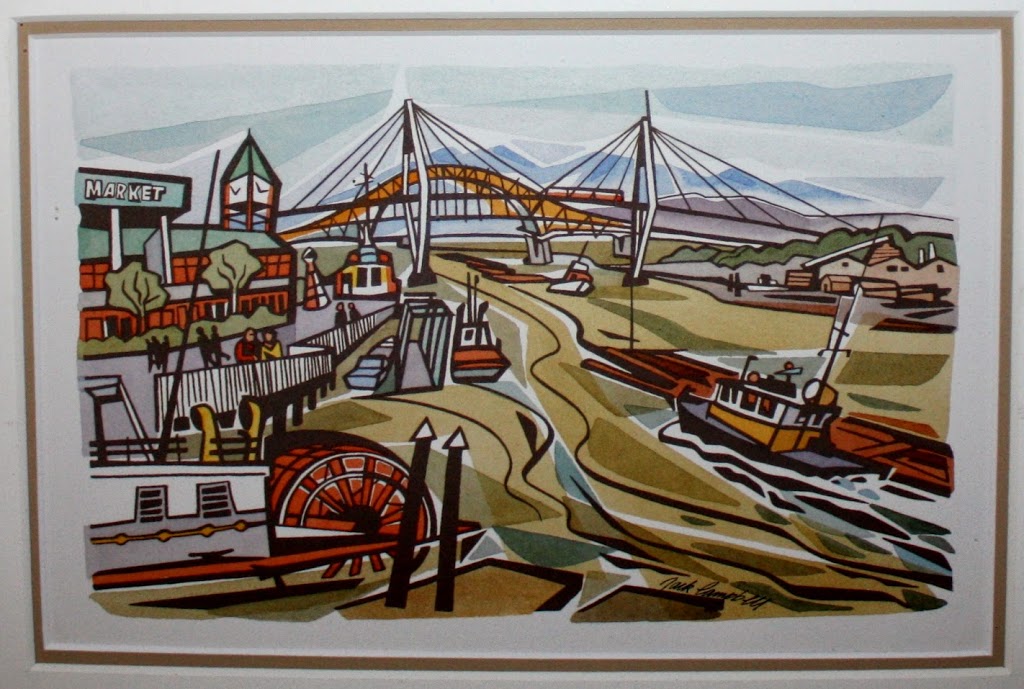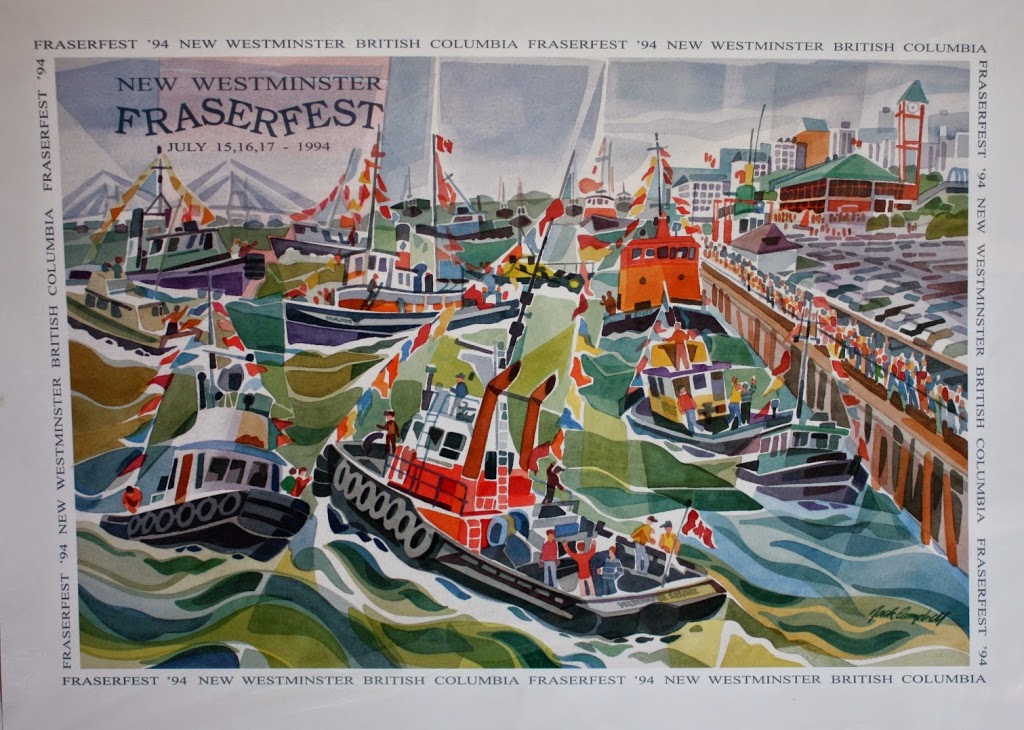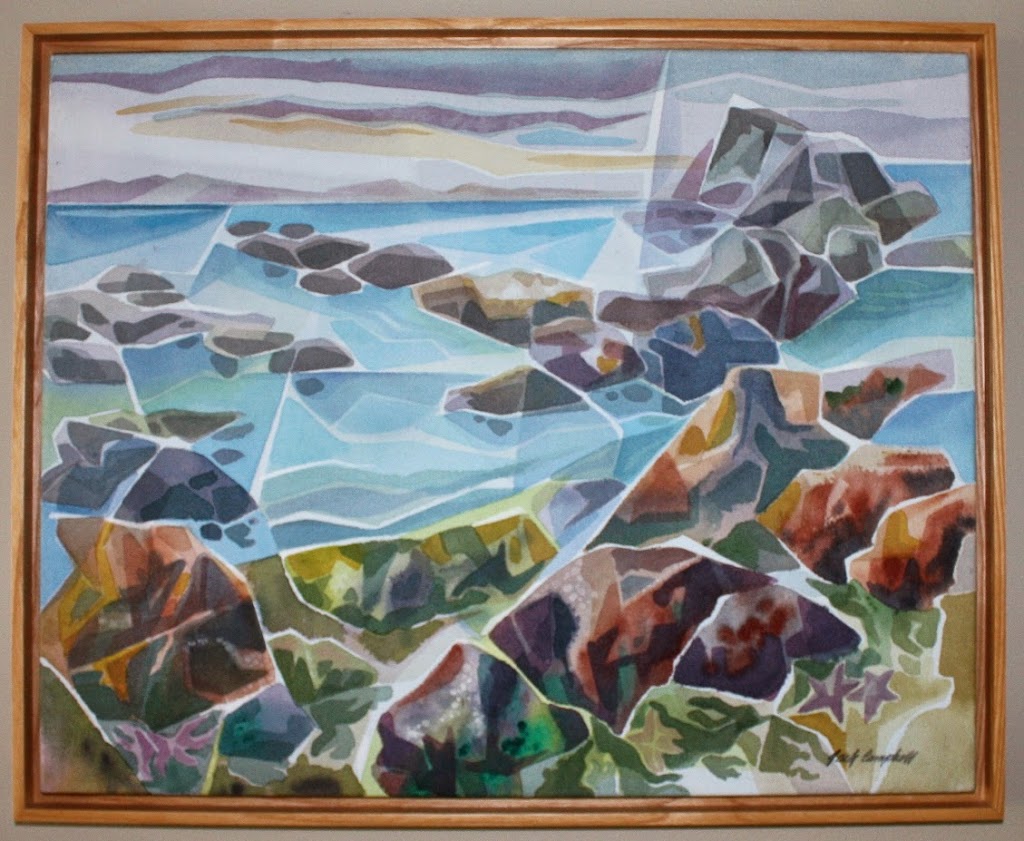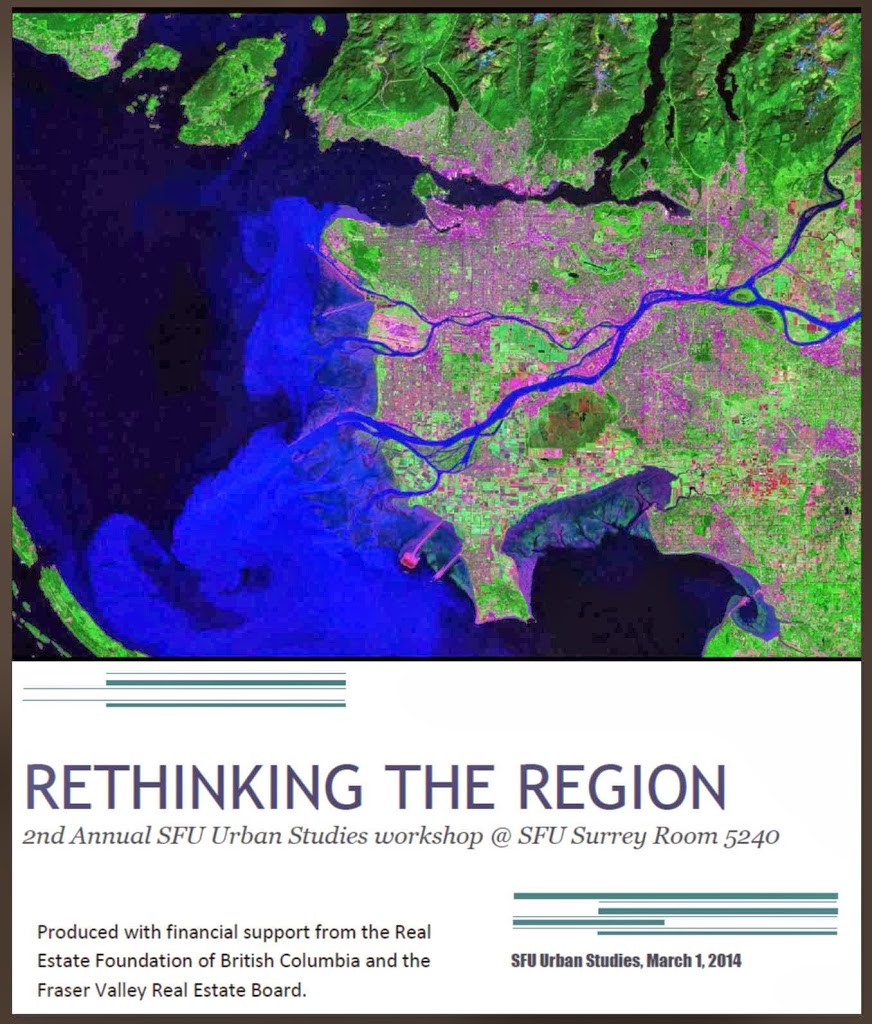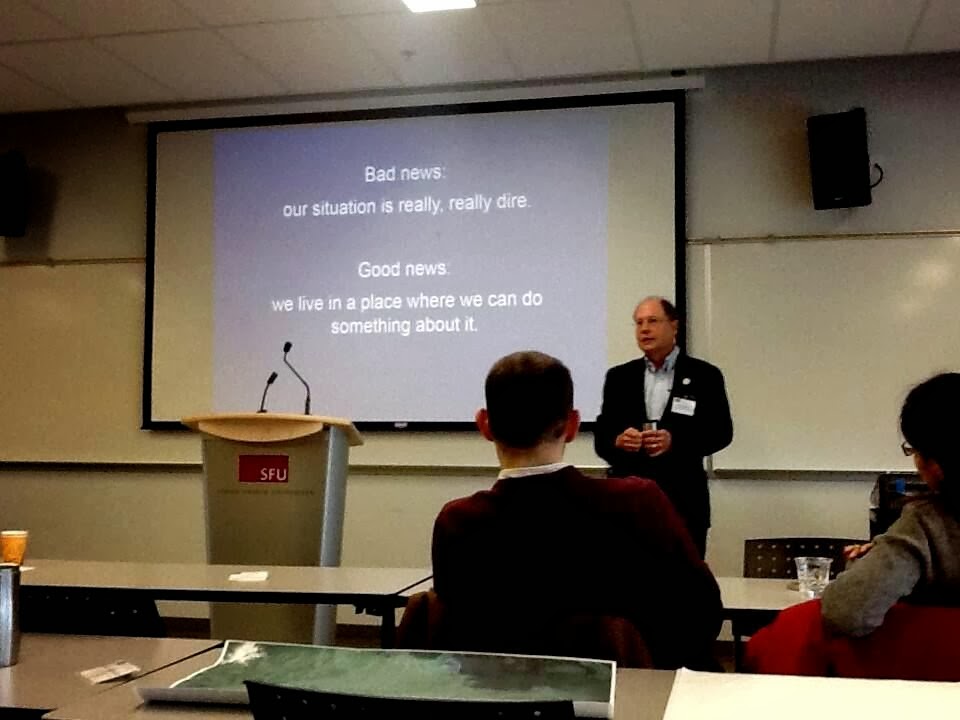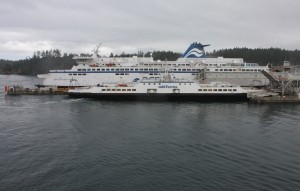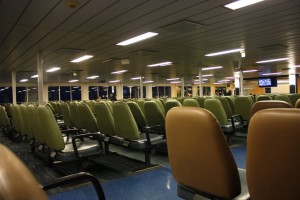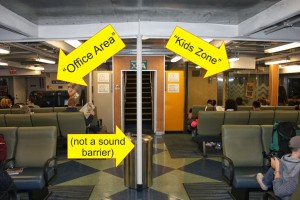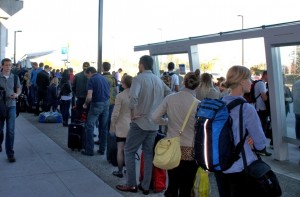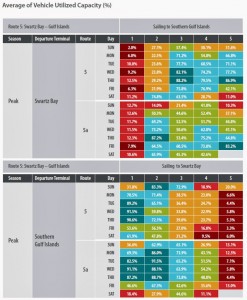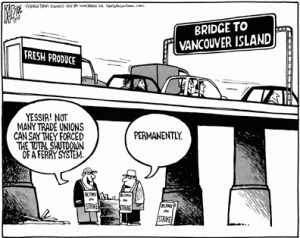I really need to get a life. I spent most of Saturday in a classroom at SFU Surrey. I was not taking a course for which I would receive credit, nor was I paying or being paid to be there. Instead, I was attending a workshop for planning geeks (which I may someday aspire to be) that was addressing some of the Big Questions about the future of Metro Vancouver.
It was actually interesting, inspiring, and fun. See my opening sentence.
The event was called “Rethinking the Region”, and despite it’s revolutionary-sounding title, it was actually a more nuanced discussion of the strengths and weaknesses of our current local and regional governance systems. The crowd was mostly SFU Urban Systems graduate students (a room full of young, fresh faced, excited, interested, smart and fashionable students only a slightly depressing reminder of how long ago I was a University Student!), with a fair amount of faculty, and a number of representatives from various local governments and other agencies.
There were many different aspects of the program that piqued my interest, I met some interesting people, and lots of fun discussion ensued. However, for this post I just want to run through my impressions of the opening addresses by the panel of experts that opened the program. I didn’t take extensive notes, so my apologies to the presenters if I mischaracterize their points here a bit – these are my impressions, not transcripts, so I will be careful with actual quotation marks.
The Program was opened by a former senior planner for New Westminster Ken Cameron, who set the tone by encouraging us to not think of Metro Vancouver as 22 border-sharing municipalities, but as a single entity- he used the term “organic” to describe this entity, and it was apt. It has defined boundaries (the sea, the mountains, the US Border), we can talk about it’s inputs (resources, goods, energy) and it’s outputs (resources, goods, wastes), and we can think about different components (roads, houses, businesses, schools) as interacting organs that process those through-puts.
His talk was broad-reaching but brought some interesting insights. One was that we are fortunate to live in a region with well defined and immutable limits, as this forces us to view our resources (including physical space) as finite, and therefore worthy of careful planning to allow us to manage them better.
A second point made by Cameron was that “governance always happens”. Whenever people get together, from the smallest hunter-gatherer tribe to the largest nations, humans assemble a governance system to allow us to work together. It doesn’t always work well, but it has always worked better if the governance has a coherent plan and everyone being governed is on the same page about the goals.
This last point sounds idealistic on the surface when it seems we are always arguing about every decision our governments make. It becomes more obvious when you think about the things our modern governance systems deliver: an economic system to trade goods, a system of laws to protect the security of the person, infrastructure to support our movements and our communication, etc. It is the details around the edges of these things that we argue about, as the essential structures and ideas have pretty much been worked out, or we wouldn’t be currently enjoying all of those things.
The second speaker was Anita Huberman from the Surrey Board of Trade. She was there to speak for the need of the region’s business communities to work together with a regional vision. She spoke of the need to get out of our municipal- and industry-specific silos, and start proactively sharing resources and infrastructure, while cutting politics out of the equation (that said, it was a Board of Trade speech, so totally non-political phrases like “cutting red tape” were common).The central message was a good one: we don’t have a single regional economic planning group working together, nor do we have a regional economic strategy. However, those much-coveted “global markets” are not interested developing relationships with individual cities as much as with economic regions.
There was room to develop this thought that we didn’t get into at the meeting. Did someone in Mapo-gu, Minami, or Abu Hamour really care if the person she was doing business in was in New Westminster or Surrey or Port Moody? They would, dollars for donuts, just call the area “Vancouver”, just as we would call the above areas just parts of Seoul, Yokohama, and Doha respectively. In this sense, Surrey probably benefits more from Vancouver’s international economic development efforts than vice versa…
Anthony Perl spoke next on the topic of the regional transportation system, obviously a topic close to my heart.
He started with an anecdote about Greater Toronto of the 1980’s, when it was described as “Vienna surrounded by Phoenix” – a region that had squared the circle of providing a compact, walkable and public-transit oriented downtown core based on smart growth principles surrounded by endless car-oriented suburban sprawl. This best-of-both-worlds scenario only hit its pre-Rob Ford crash when it became apparent that having two parallel and disparate transportation systems cost twice the money to move the same number of people. Arguably, it was this unaffordable path that led to the faux-taxpayer-revolt that is Ford Nation.
The object lesson is that Metro Vancouver appears to be, 30 years later, heading down this same economically perilous path. However, Perl outlined three potential ways we could design our regional transportation system, using symbolism from the 2010 Olympics (a time when, as he noted, Vancouver had the third highest transit mode share in North America, only after the two largest Cities: New York and Mexico City).
The “Gold Standard” is epitomized in Greater Zurich. They have a similar population and physical constraints as Metro Vancouver, and have a system where the automobile is secondary to a multi-mode and integrated transportation system. They share our limited top-down planning, and little senior government investment, and make many decisions via referenda (!). The two big differences are that they never ripped up the rail infrastructure they installed in the early 20th century, and they do not have a natural resource extraction economy that requires large-scale movement of bulk goods. “Going for Gold” in Greater Vancouver will require and organized regional coalition of stakeholders, not unlike the Gateway Council but with a broader mandate than the building of roads to move freight.
The “Silver Standard” would look like Lyon, France. This would require the following of strong global trends towards shifting to post-carbon mobility. Unlike Vancouver or Zurich, Lyon benefits from significant Federal investment in moving away from fossil fuels, and has a top-down approach that has brought high-speed rail between cities and Metro within them. They also have a carbon-tax like structure that provided incentives away from burning fuel, even if it isn’t called a carbon tax. This approach in Greater Vancouver would require significant investment by senior governments, not something that seems likely in today’s political climate.
The “Bronze Standard” is what we have seen work in New York City and London, England. In both cases, it was the actions of a single strong leader having the courage to make a bold change, though not breaking completely from traditional motor vehicles. Both Mayor Bloomberg and Mayor Livingston took concrete steps to end what Dr. Perl (tongue on slightly in cheek) calls “Road Socialism” – the idea that road use should be free, regardless of the cost to maintain those roads or greater costs to society. This Bronze approach, however, relies on a strong and visionary regional leader, something Greater Vancouver seems bereft of.
Dr. Tim Takaro then took the floor, ostensibly to talk about health policy in the region. Right from the start it was clear what he saw as our major public health issue: the “wicked problem” of climate change. He showed us a few familiar hockey-stick shaped graphs, and did a quick and extremely gloomy run-down of the storms, pestilence, drought and war that are in our future unless we leave 2/3 of our hydrocarbon reserves in the ground.
I loved this summary, and will talk more on this topic in an upcoming blog post:
The final panelist was the one who surprised me the most. Vicky Huntington is a two-term Independent MLA from South Delta, and she spoke frankly and compellingly about the struggles of regional governance, in the context of current threats to Democracy in out nation today. It was stunning.
She began by talking a bit about the struggle to get where we are today as a nation, and the importance of protecting our “strange, difficult, and messy democracy”. Not to put too fine a point on it, she made a case that this is the fight we must have right now in BC and in Canada, or we risk losing our voice, and our representation. There is a real and present risk of a “Plutocracy” developing through the slow and inexorable growth of influence on decision makers made by what can only be described as “wealth”. This is tipping the balance towards a certain economic point of view, and it may not be the one that serves our community or the globe best.
Our Democracy needs accountability, responsiveness, and clarity of purpose. Unfortunately, we are increasingly ruled by the needs of Corporations, who have no requirement to be accountable to the people. Although there is much current talk of “social licence” by Corporations who want to re-draw our region, that very licence is increasingly defined by them, not us.
They create these new consultation structures where they tell us what they are going to do, instead of having a conversation with us about what we will allow them to do. The conversation is narrowly defined and expertly directed by public relations professionals. We can see this with the recent Environmental Assessments (VAFFC, Northern Gateway, Kinder Morgan, Fraser Surrey Docks, etc.), with Port Metro Vancouver expansion plans, with the expansion of the Gateway and projects like the Pattullo Bridge. Quasi-government agencies (the Port, TransLink, BC Ferries, etc.) that ostensibly belong to us and work for us are leveraged by Corporate interests, and when the people try to speak up and challenge their intention, they have the power to shut that debate down. Through tightly-structured “consultations”, people cannot hear each others’ questions, cannot speak outside of the pre-designed debate. If they get too loud, they are marginalized and bullied.
Huntington spoke about the contrast between government and corporations, and how they impact environmental assessments, putting context into the “red tape” complaints of business. We live in a Confederation that is slow and methodical. Developing consensus and true consultation to assure the public interest is served is a deliberately cautious and organic process. That is the reality of a parliamentary system, and is an unfortunate (?) byproduct of our desire for “Peace, order, and good governance”. Corporations, in contrast, need to react quickly – this year, or preferably this quarter. They cannot afford to wait. They need their social licence, and they need it right now, because the anonymous shareholders demand it. Democracy just gets in the way. However, what Corporations see as the “inefficiency” of democracy is the only protection we have.
These were just the opening panel talks. They were followed by Q&A, and a long program of small-group dialogue and workshopping around the bigger themes, and maybe I will talk about those in future blog posts. Overall, it was a great program, and I learned a lot. Makes me want to go back to University…although I suspect I now lack the fresh face or vitality.
